Khóo Tsú-song Old House 許梓桑古厝 is a scenic historic site atop a modest hill near Miaokou Night Market 廟口夜市 in Keelung. Built in 1931 while Taiwan was under Japanese rule, it is structured somewhat like a traditional Taiwanese three-sided courtyard home with some Western influences and building materials. Formally named Qìngyú Hall 慶餘堂, it was the residence of Khóo Tsú-song (1874–1945), an important figure in local politics and civic affairs during the Japanese colonial era. His name is rendered here in romanized Taiwanese Hokkien, in keeping with the conventions adopted by the Keelung cultural bureau.
Finding the place was a matter of serendipity. Previously I had only been in the area after dark—and when I tried climbing the hill to check out the “old house” indicated by a sign at street level I encountered what I thought was a pack of angry dogs before making a hasty retreat. Returning yesterday by daylight I realized these same dogs were chained up—and while assessing the situation an old man, obviously a local resident, called out from above to come take a closer look.
Up a few more flights of stairs the old man gave a whirlwind tour, pointing out interesting architectural features and explaining something of the history of the place. My Chinese isn’t all that great so I only understood the broad outlines of what he was saying—but there was one point he made that stuck with me. Reaching down into the rubble outside the front entrance he hefted a broken brick emblazoned with the initials “TR”, something I have seen before but never really researched. Now, with the benefit of internet access and machine translation, I discovered this refers to Taiwan Renga, the romanized name of the main brick producer in Japanese times1.
Inside the old house I found several scenes strongly reminiscent of the Anping Tree House 安平樹屋 in Tainan. Banyan trees and their extensive networks of aerial roots can be found all over most of the remaining walls. No furniture or personal possessions remain; only rubble and bare stone flooring can be found in these upper chambers. The site was designated a historic property in 2004 and plaques have been mounted down at ground level. Perhaps the city also cleansed the grounds of potentially historic artifacts at that time?2
I have not uncovered much of anything about why this beautiful old mansion was abandoned in the first place. This is not altogether uncommon for certain kinds of Japanese colonial era ruins in Taiwan, many of which owe their abandonment to massive changes that took place after the defeat of Japan and the arrival of the Kuomintang. Taiwanese history has a habit of growing vague and indistinct in the tumultuous period of martial law that began in 1949. While the original resident passed away in 1945, apparently not long after the Japanese surrender, this alone doesn’t explain what happened to the building itself. Khóo Tsú-song might not have had any heirs but it’s still somewhat peculiar that nobody else seems to have moved in afterwards.
Naturally this historic and accessible ruin has attracted the attention of local bloggers. Some of the better Chinese language features I found can be read here, here, here, and here. I haven’t seen this place mentioned anywhere in the English blogosphere.
Interested in visiting this ruin? It is located in a labyrinth of alleyways extending up the hillside not far from the intersection of Àisì Road 愛四路 and Rénsì Road 仁四路. Here you should notice a sign for the old house outside the entrance to an alleyway. March up the stairs as far as you can go—and don’t mind the barking dogs, though you won’t want to get too close. For reference, the actual address is 愛四路2巷15號.
- Renga is the romanization of the Japanese word “煉瓦”, which means “brick”. Read more about the most famous of the Taiwan Renga Company Ltd. 台灣煉瓦株式會社 brickworks here (in English) and here (in Chinese with far more information). ↩
- Update: a group of volunteers by the name of Keelung Youth Front 基隆青年陣線 has been taking care of the site. ↩
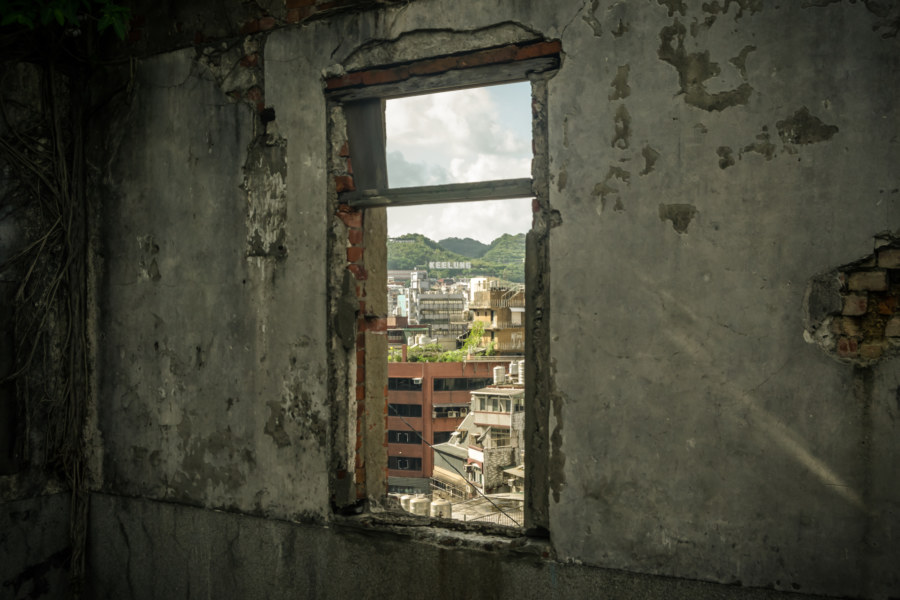
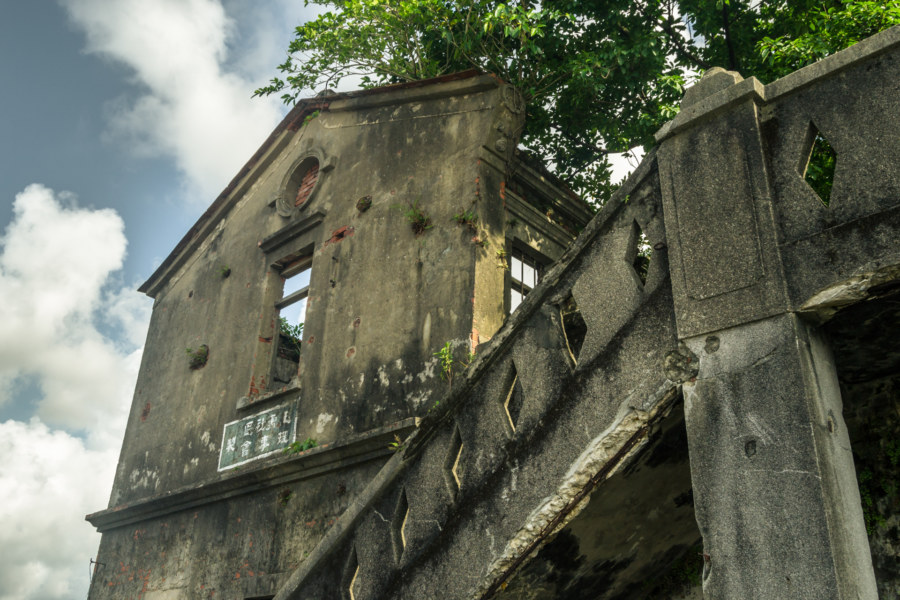
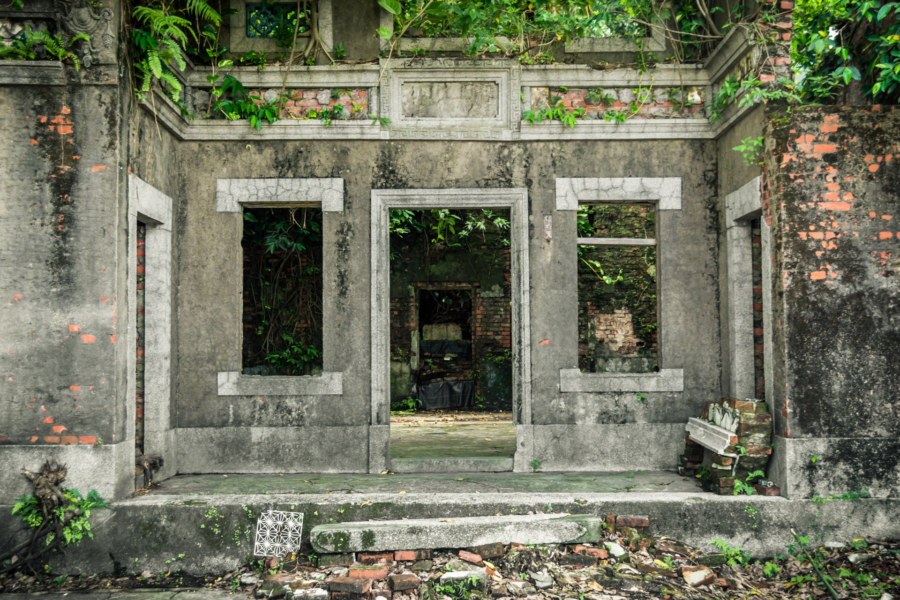
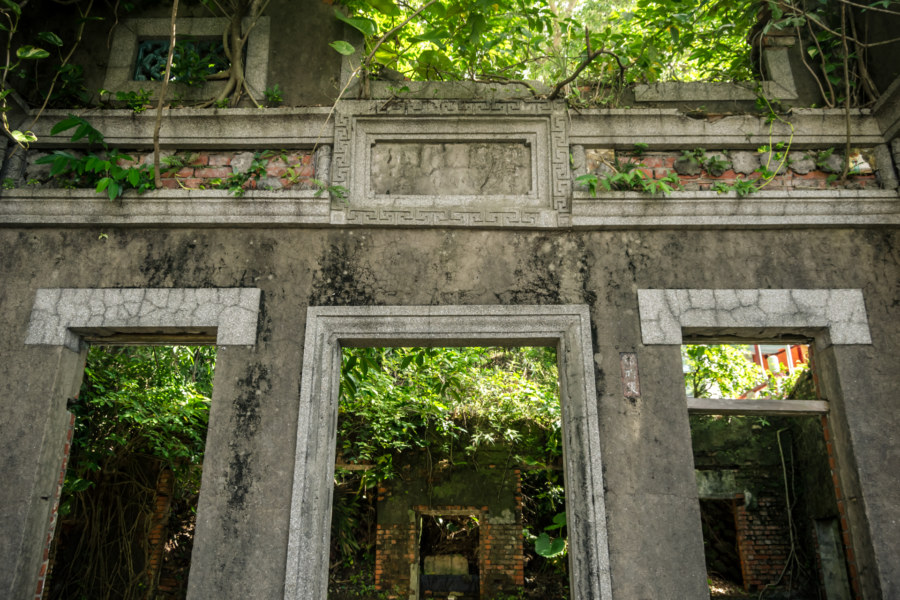
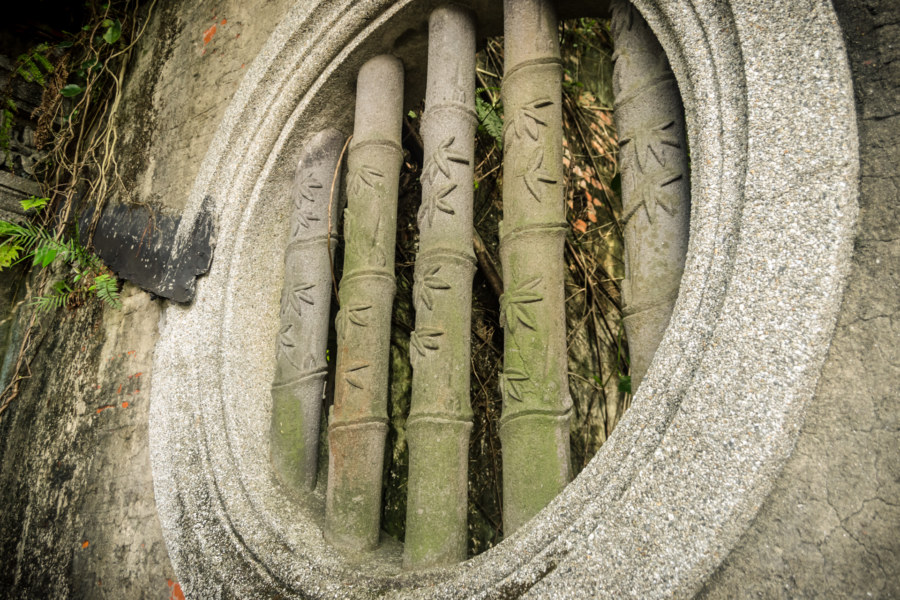
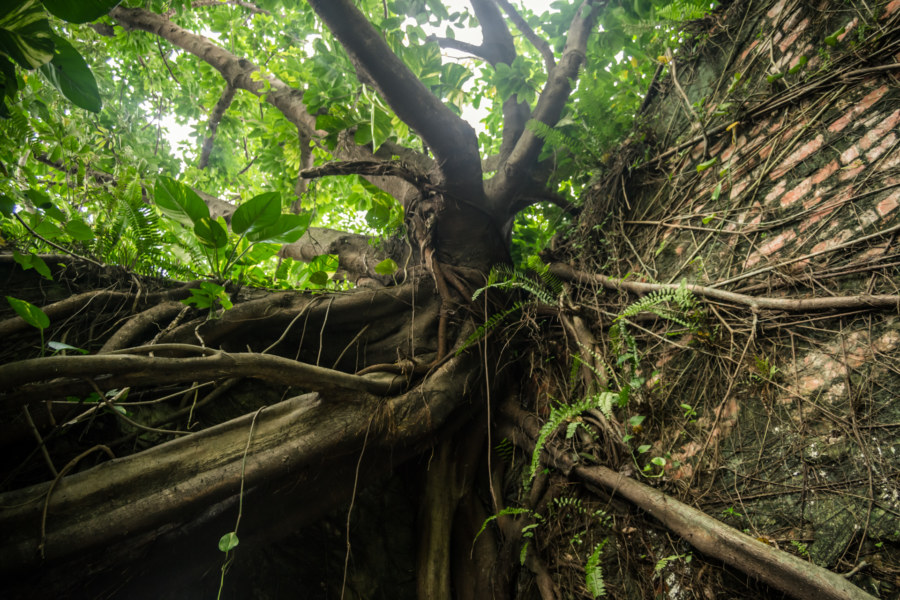
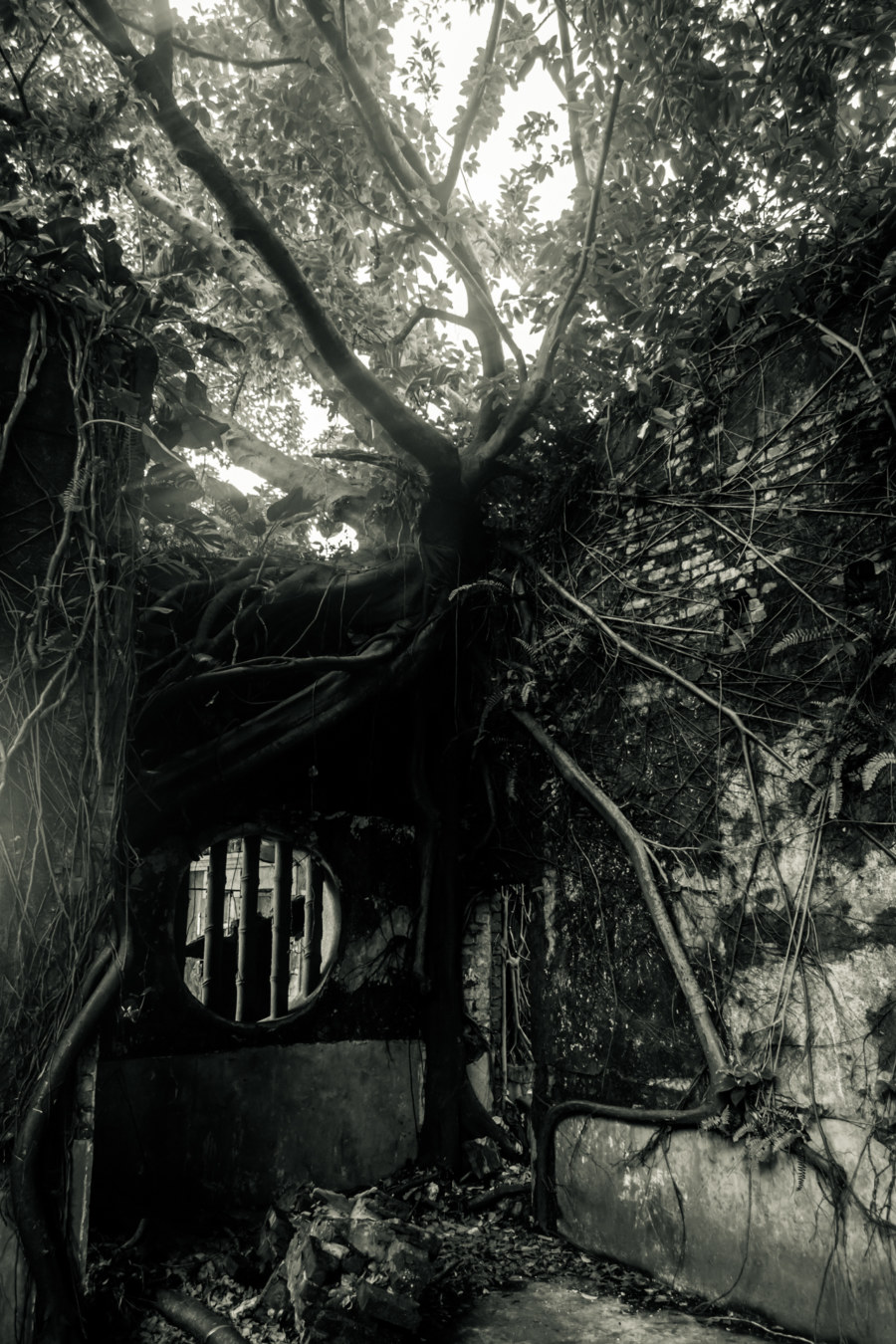
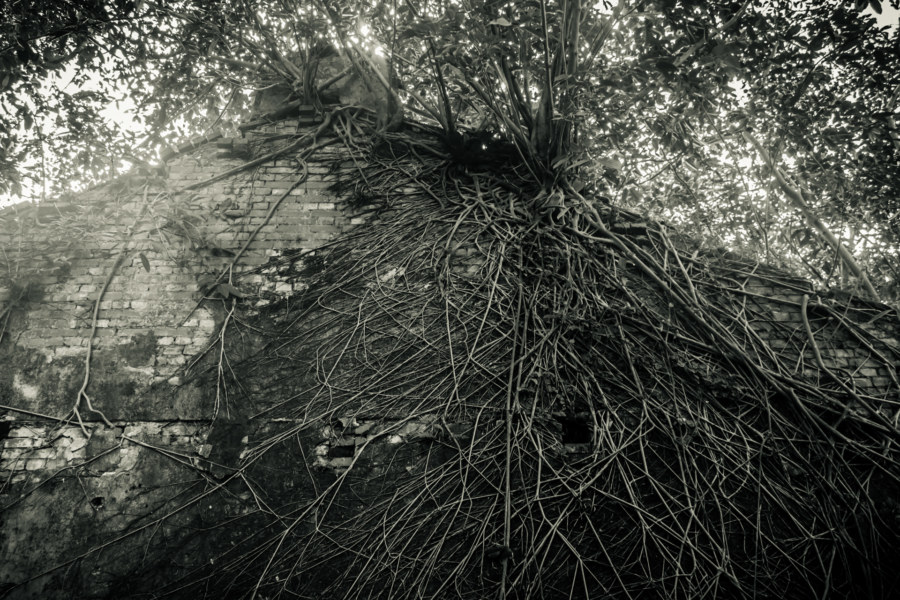
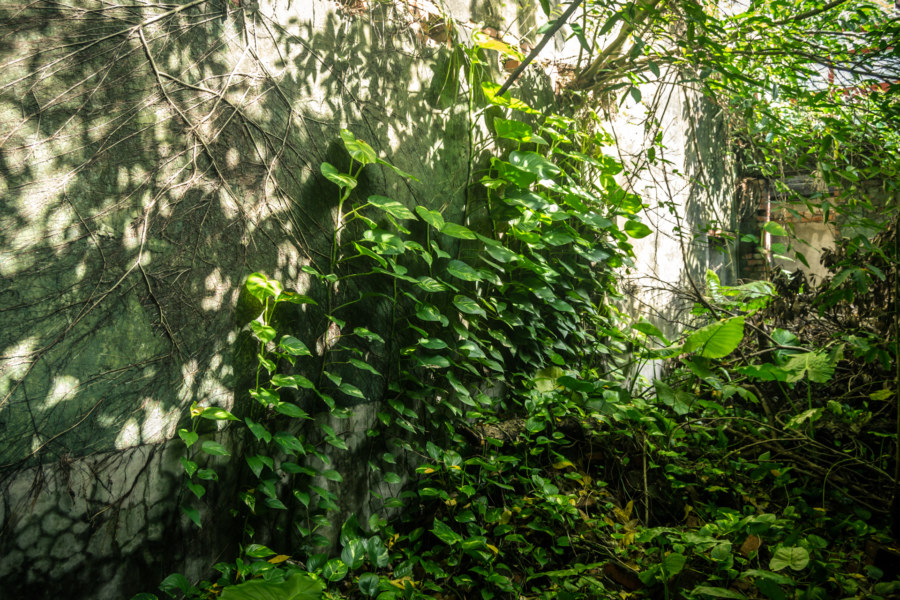
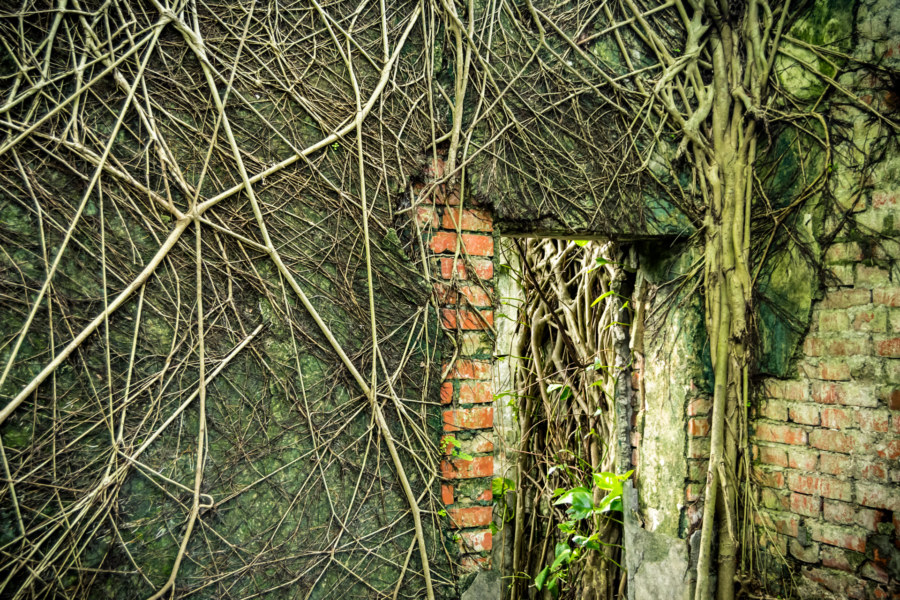
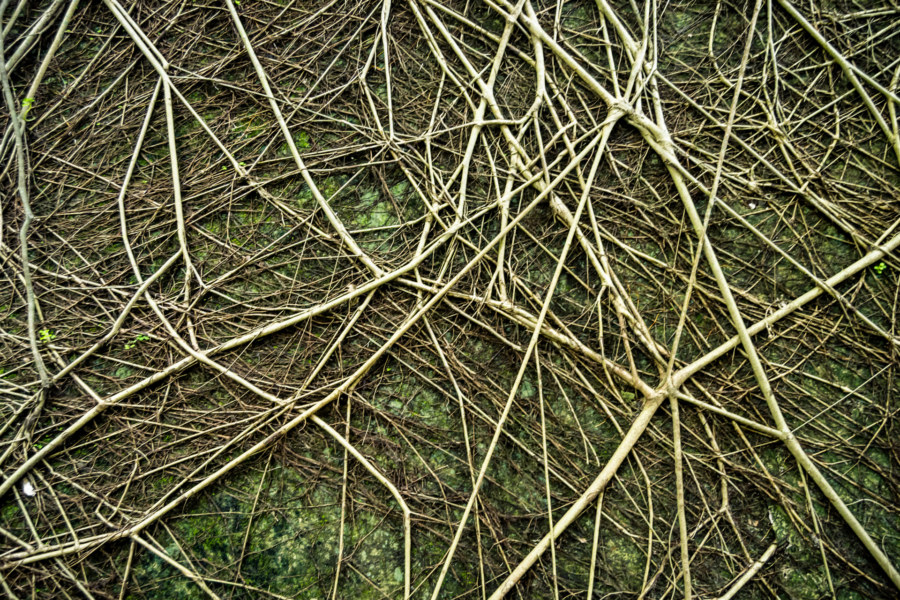
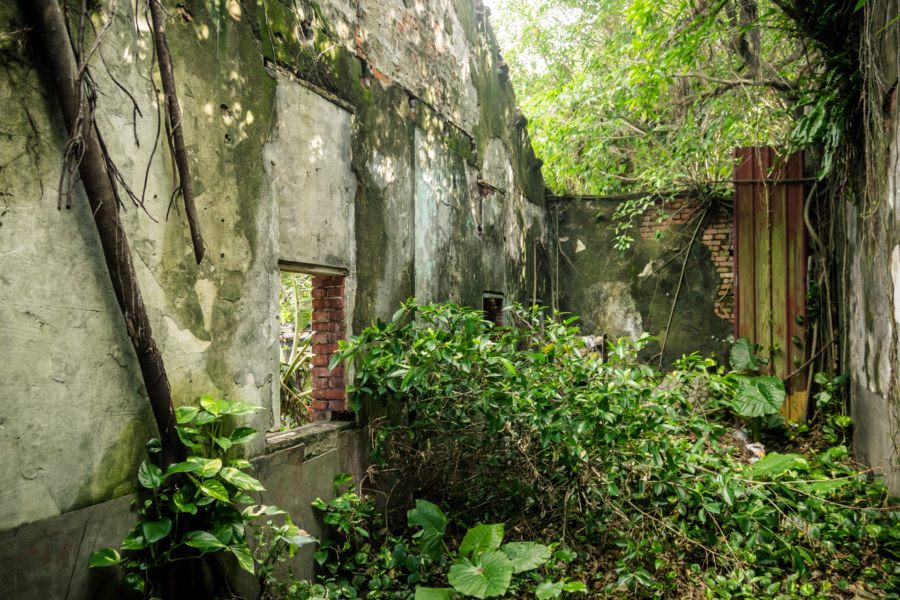
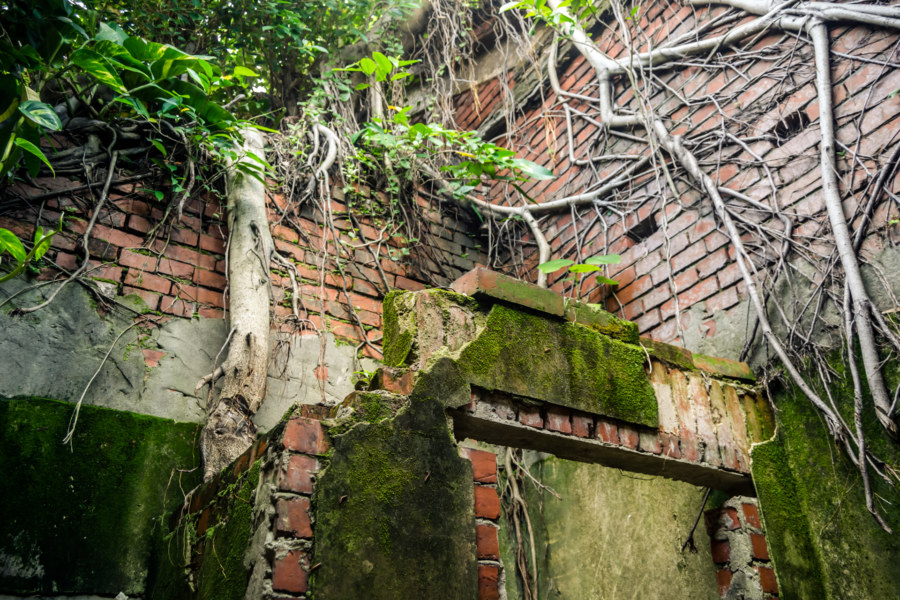
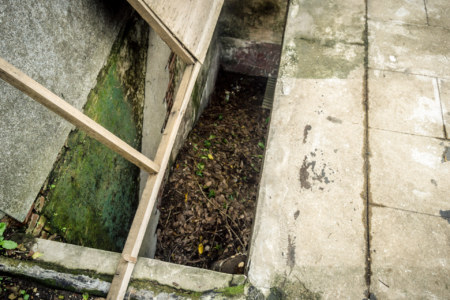
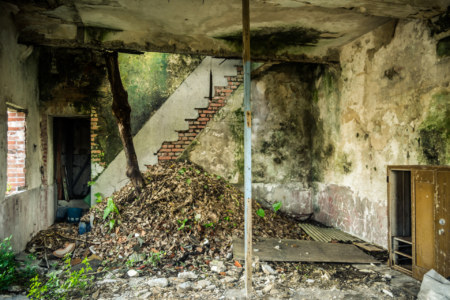
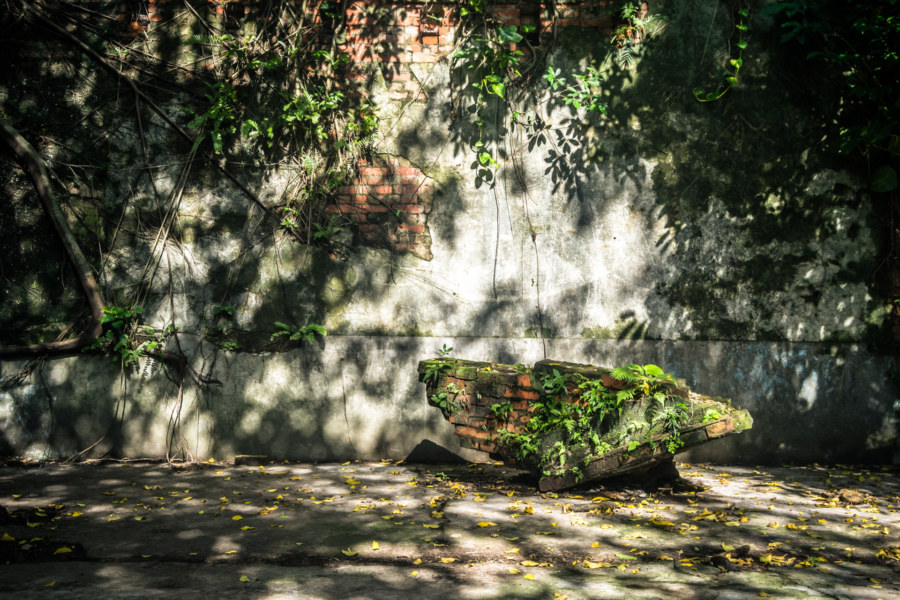
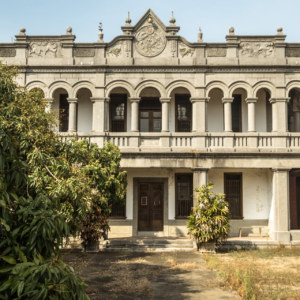
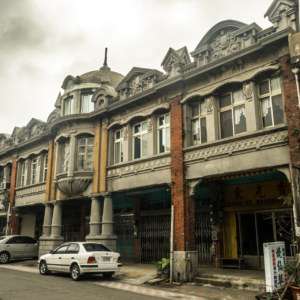
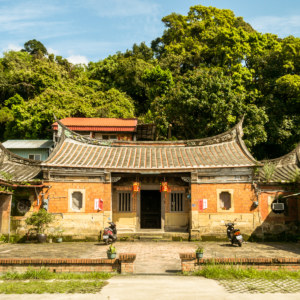
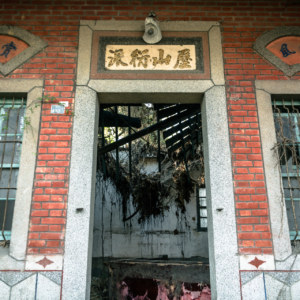
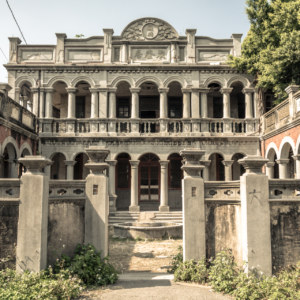
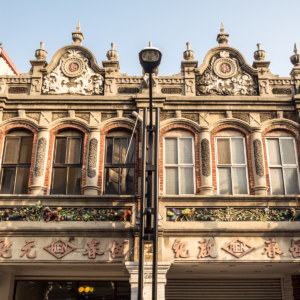
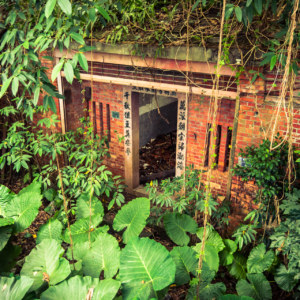
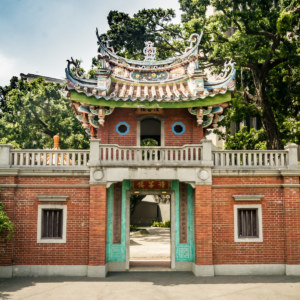
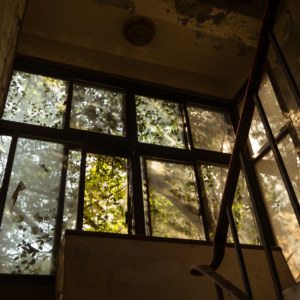
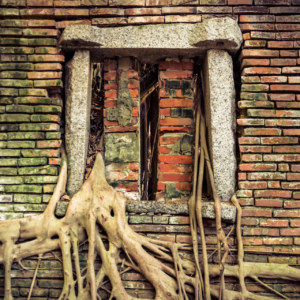
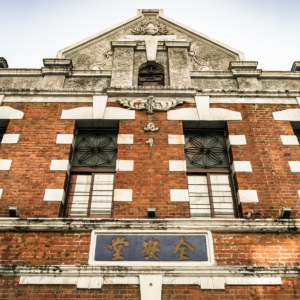
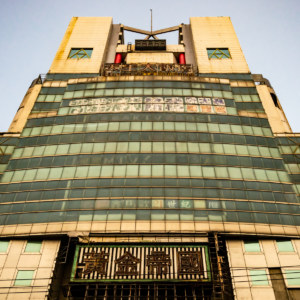
Write a Comment